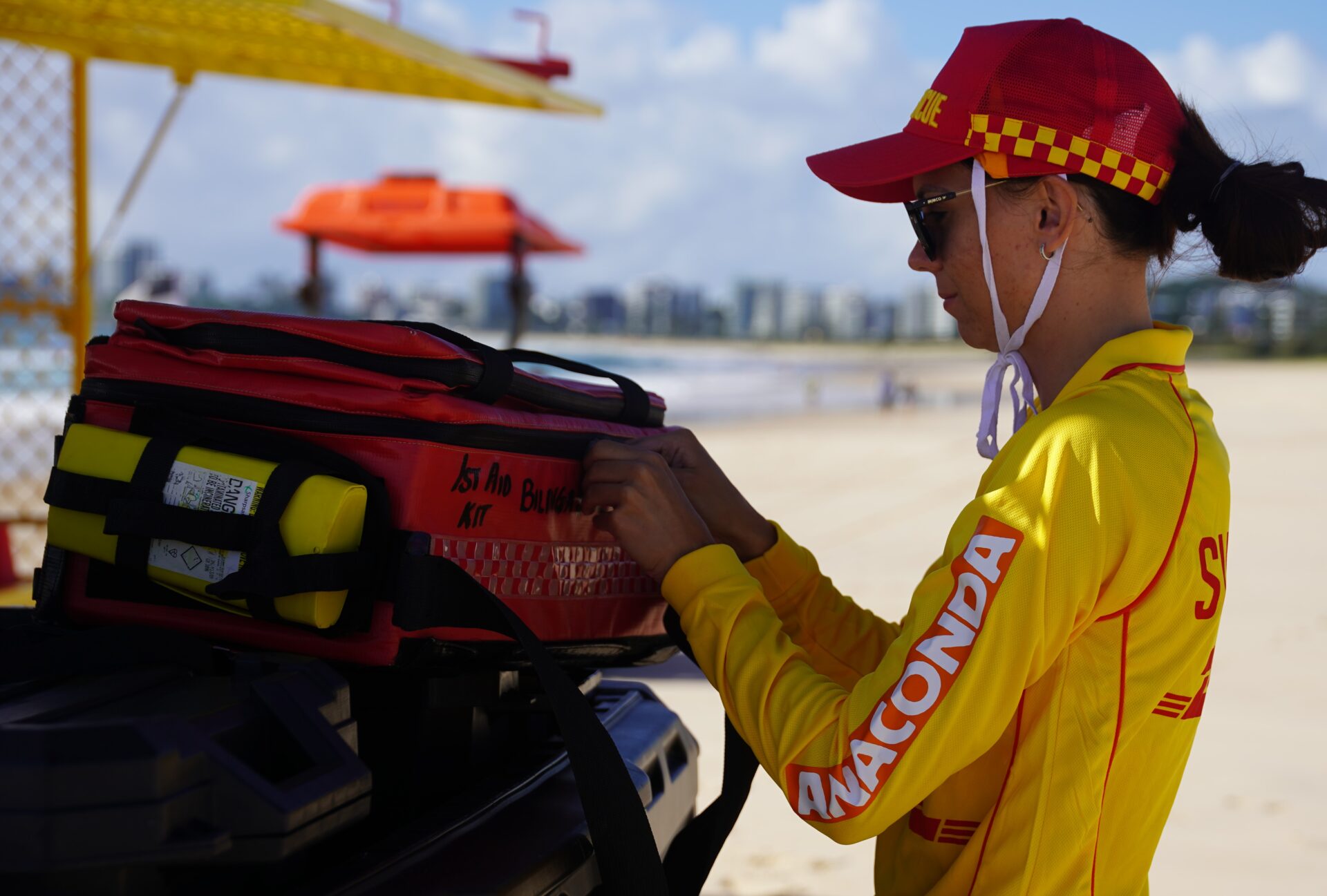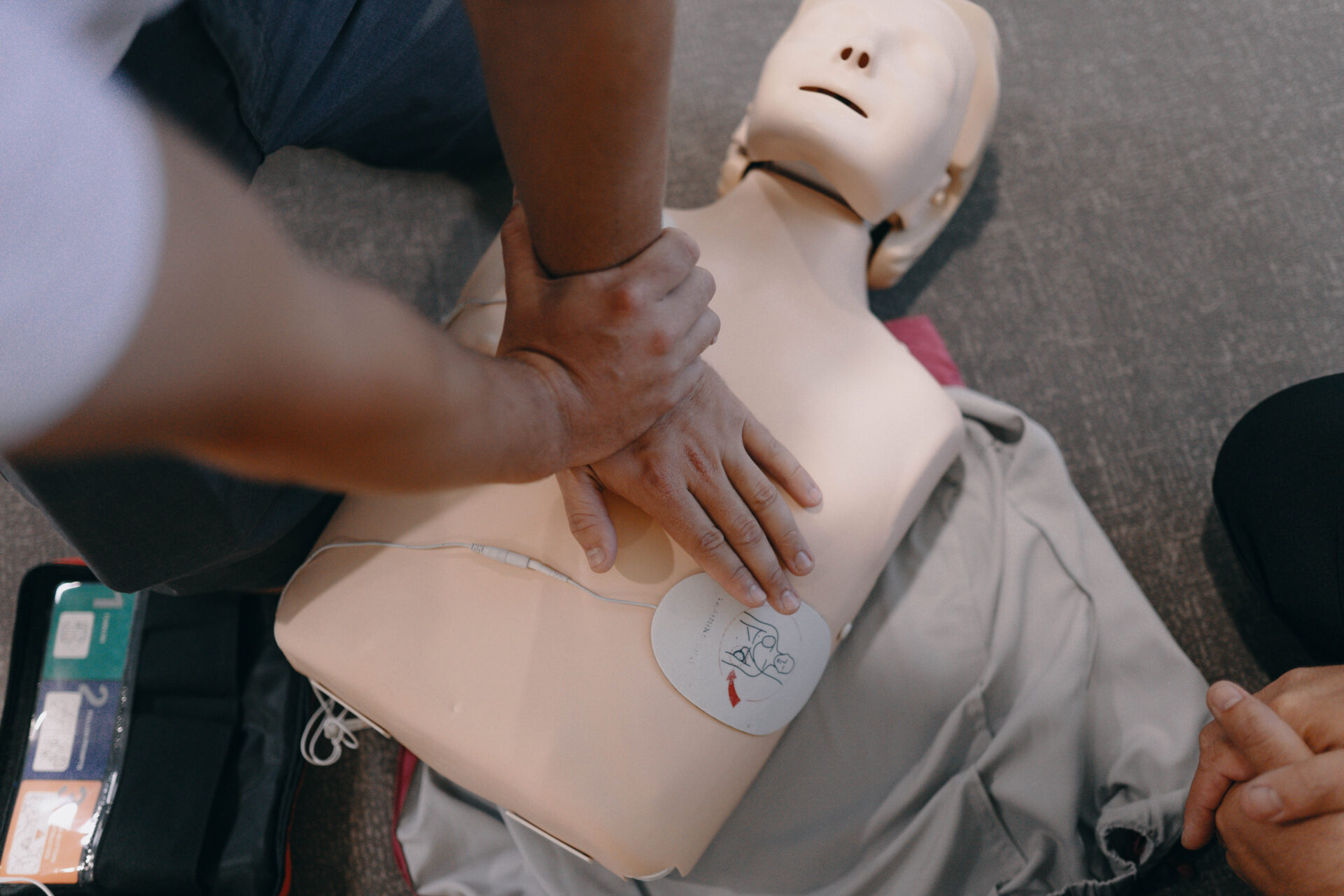emergency care
emergency care

ELEVATE YOUR SURF LIFESAVING SKILLS
Emergency care is a critical part of surf lifesaving, equipping members with the advanced skills needed to save lives in high-pressure, real-world situations.

FIRST AID
What is it?
Provide First Aid aims to develop the knowledge and skills for a person to manage emergency first aid situations and deliver emergency care until the arrival of professional medical support. The course includes CPR.
Why do it?
Getting your first aid certificate is a valuable step in surf lifesaving, giving you the knowledge and confidence to manage injuries, respond in emergencies, and support your team when it matters most.
For more information - Contact your Club and/or head to the SLSA Member Hub!
ADVANCED RESUSCITATION
What is it?
Advanced Resuscitation aims to provide participants with the necessary skills, knowledge and applications to use advanced resuscitation techniques. It is specifically designed for individuals wishing to safely administer oxygen by facemask or mechanical resuscitator to a patient.
Why do it?
Gaining your Advanced Resuscitation qualification gives you the confidence to take charge in critical situations, knowing you have the skills to provide oxygen and advanced life support when every second counts.
For more information - Contact your Club and/or head to the SLSA Member Hub!
